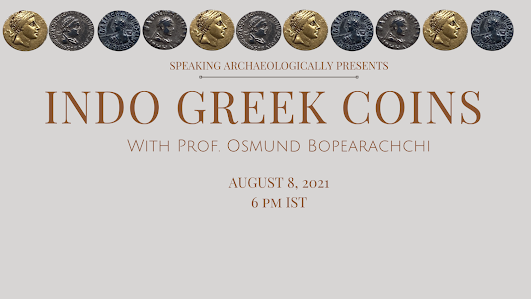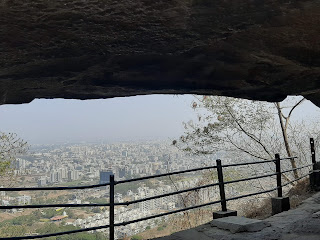The Museums of FRI by Aditi Joshi
The Institute is one of its kind and has six museums within its circumference. Upon entering the premises, one encounters various housing complexes of the IFS officers as well the students of the university of FRI. The greenscape provided a wave of relief from the summer heat of Dehra. The task of covering the museums soon began.
This section dealt with the effects of various rot and fungus on the trees as well as the diseases of poplar and other Indian trees. Samples of various types of fungus along with their damage on the different woods was also on display in this part of the museum.
M2 : SOCIAL FORESTRY MUSEUM
Sadly, this portion of the museum was shut off for work and repairs.
M3 : SILVICULTURE MUSEUM
This portion contained the wildlife protected under the Wildlife Protection Act, 1972. Effects of forests on the population as well as the downside of over grazing and forest fires was also portrayed. Various forest and plantation plans were on display which showed the different plans for felling different trees as well as different landscapes and their vegetation. A few of the systems were Deodar felling system, clear felling system. A documentary on wildlife was also on the screen.
M4 : TIMBER MUSEUM
This section contained beautifully carved out furniture, figurines, miniature rooms, toys, utensils etc. Most extraordinary were the carvings of Lord Rama, Sita, Hanuman as well as a ceremonial chair. The exhibits were made mainly of gurjan, teak, chir and sisoo amongst others.
Distribution of the various species of timber in their polished and unpolished forms was on the display. Models elaborated the processes of stacking timber as well as the working of a timber seasoning kiln. The difference between the three carvings of eucalyptus was also portrayed as plain carving; screenwork carving; fumigated carving.
Usages of timber as construction material as well as in suitcases, prosthetics and fans were few of the exhibits. The most fascinating display was the “Stages of making pencil by hand” which showed the actual process step by step on a polished board of timber.
M5 : NON WOOD FOREST PRODUCTS MUSEUM
As expected all the by products were on a display in this section of the museum. Three rows showed the contribution for drugs and spices ranging from cloves to “bel”. Edible forest products including fruit products and edible roots along with their properties were put up.Fatty oils and essential oils which include essential oils products like incense sticks, perfumes, sandalwood soaps were displayed. Other products like gums, resins, tans and usages of grass fibres in different types of ropes and knots was exhibited along with the dyes.
M6 : ENTOMOLOGY MUSEUM
With these six museums the visit to FRI came to a close. The institute proved to be a fun outing as well as a learning experience. The entire exercise of the museum visit proved to be a perfect accolade for the #festivalofarchaeology!



Comments
Post a Comment